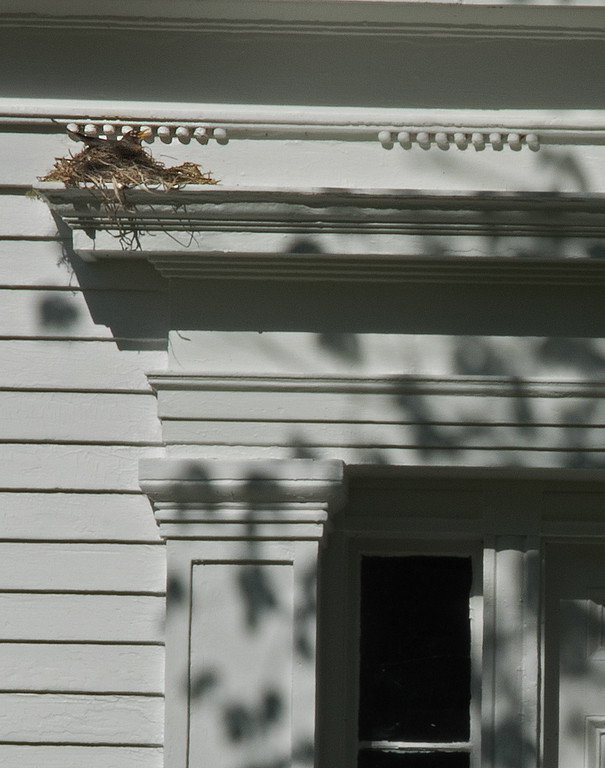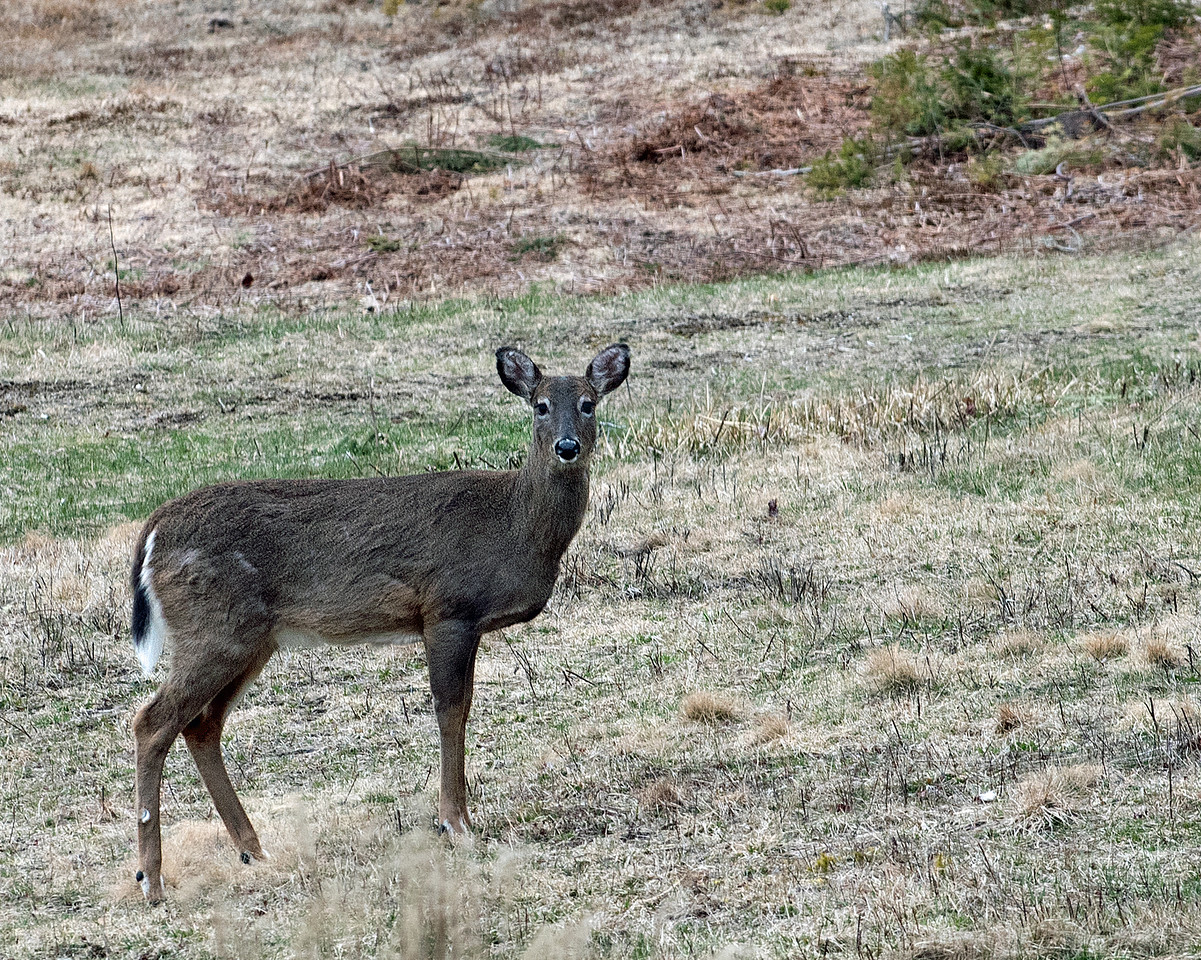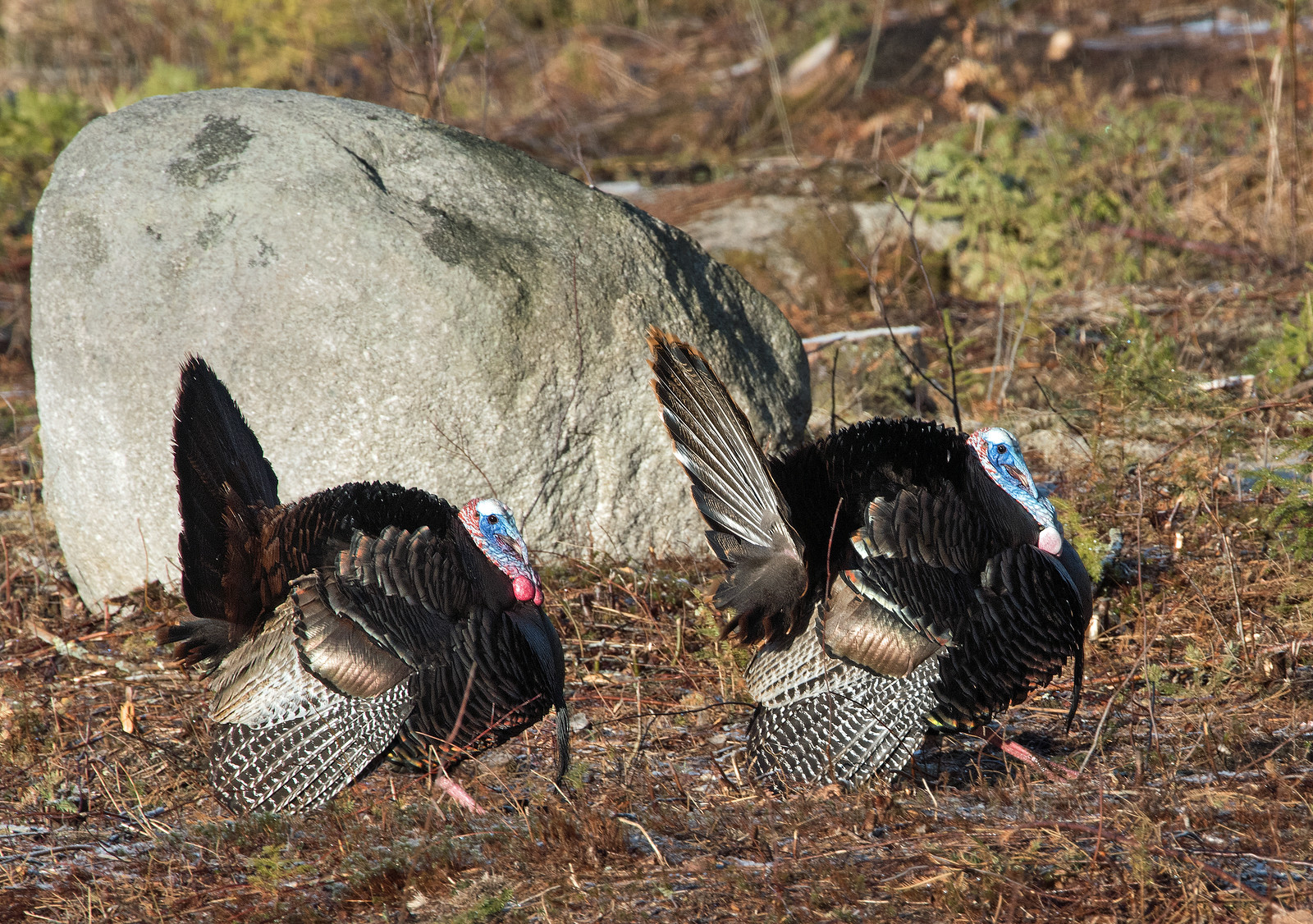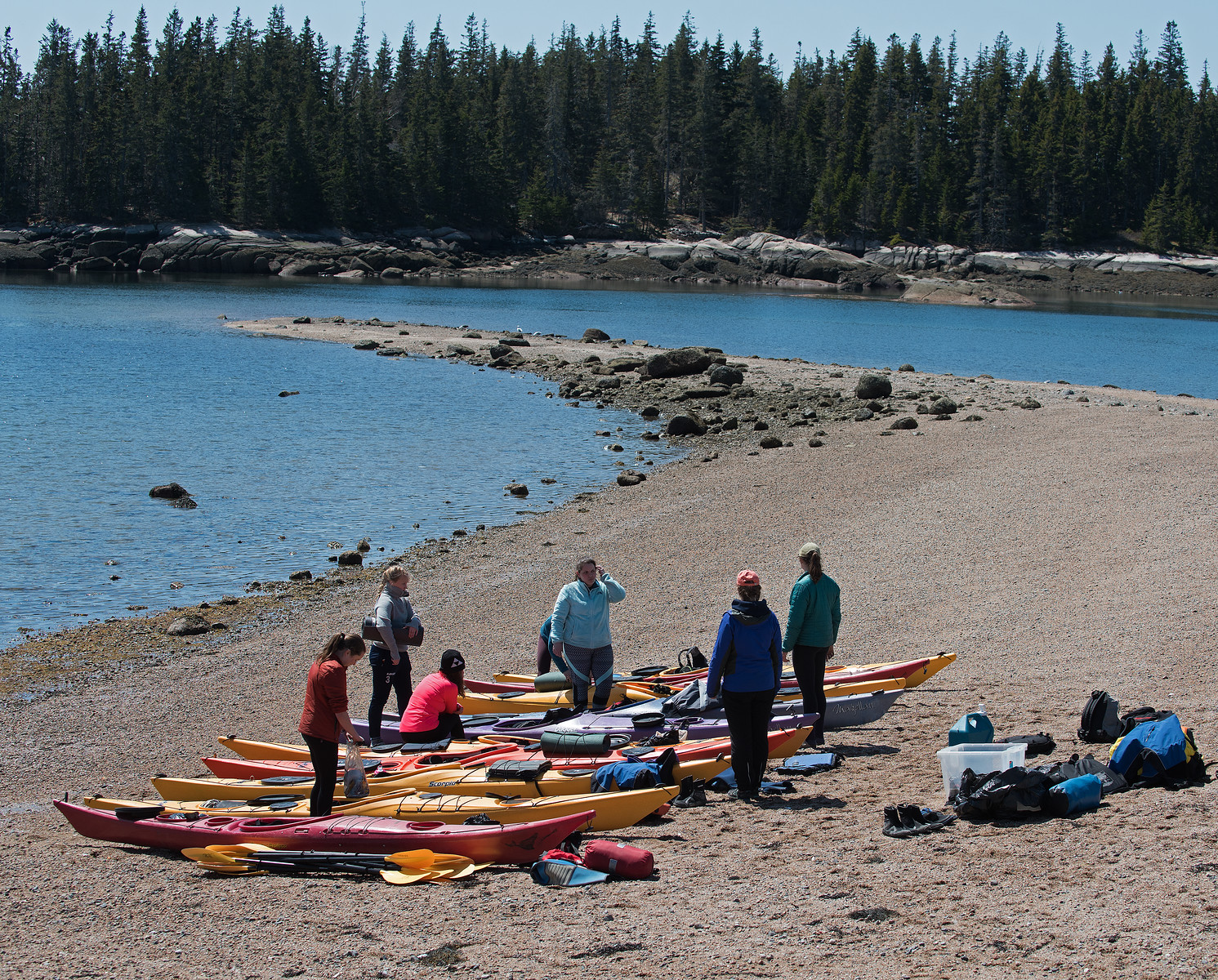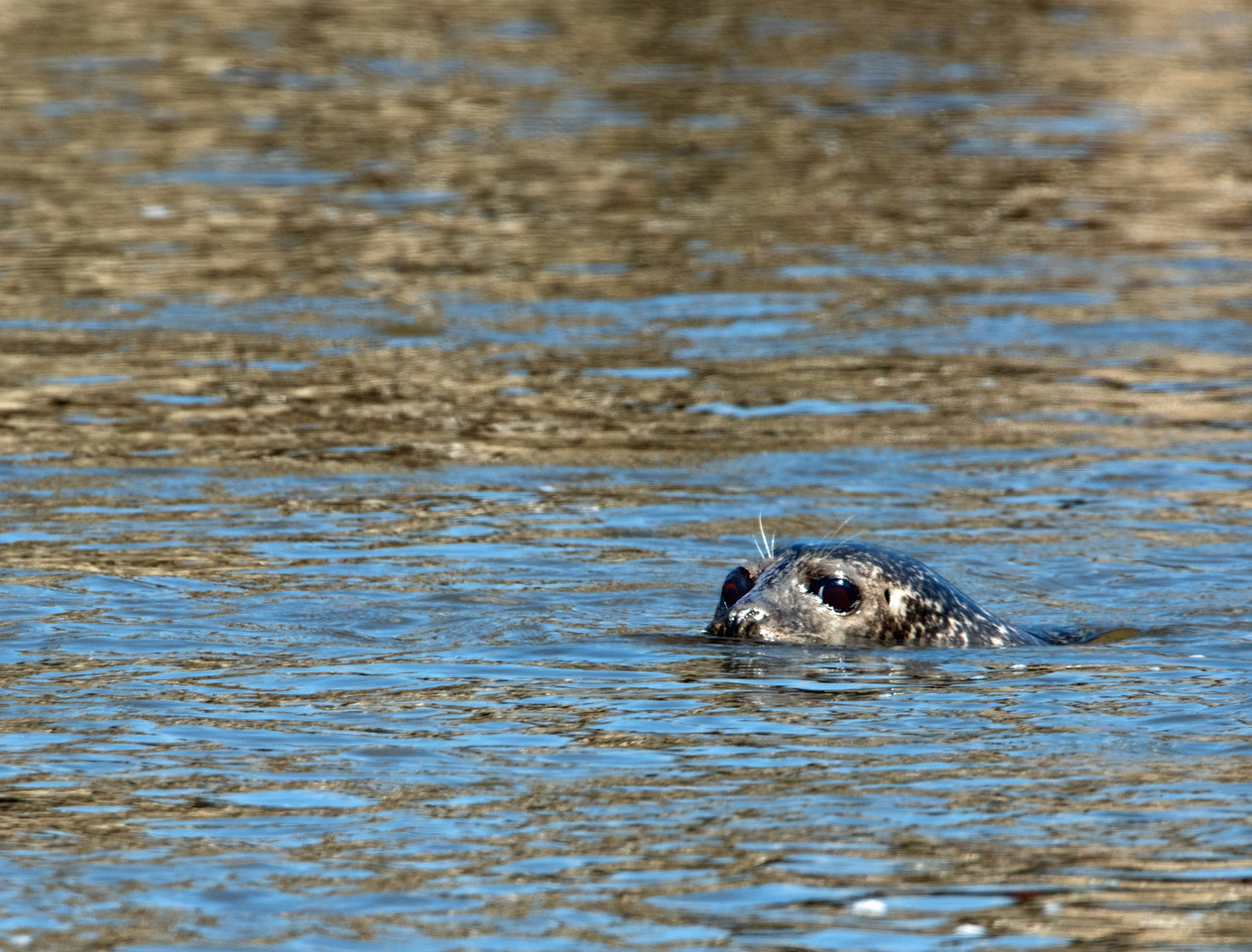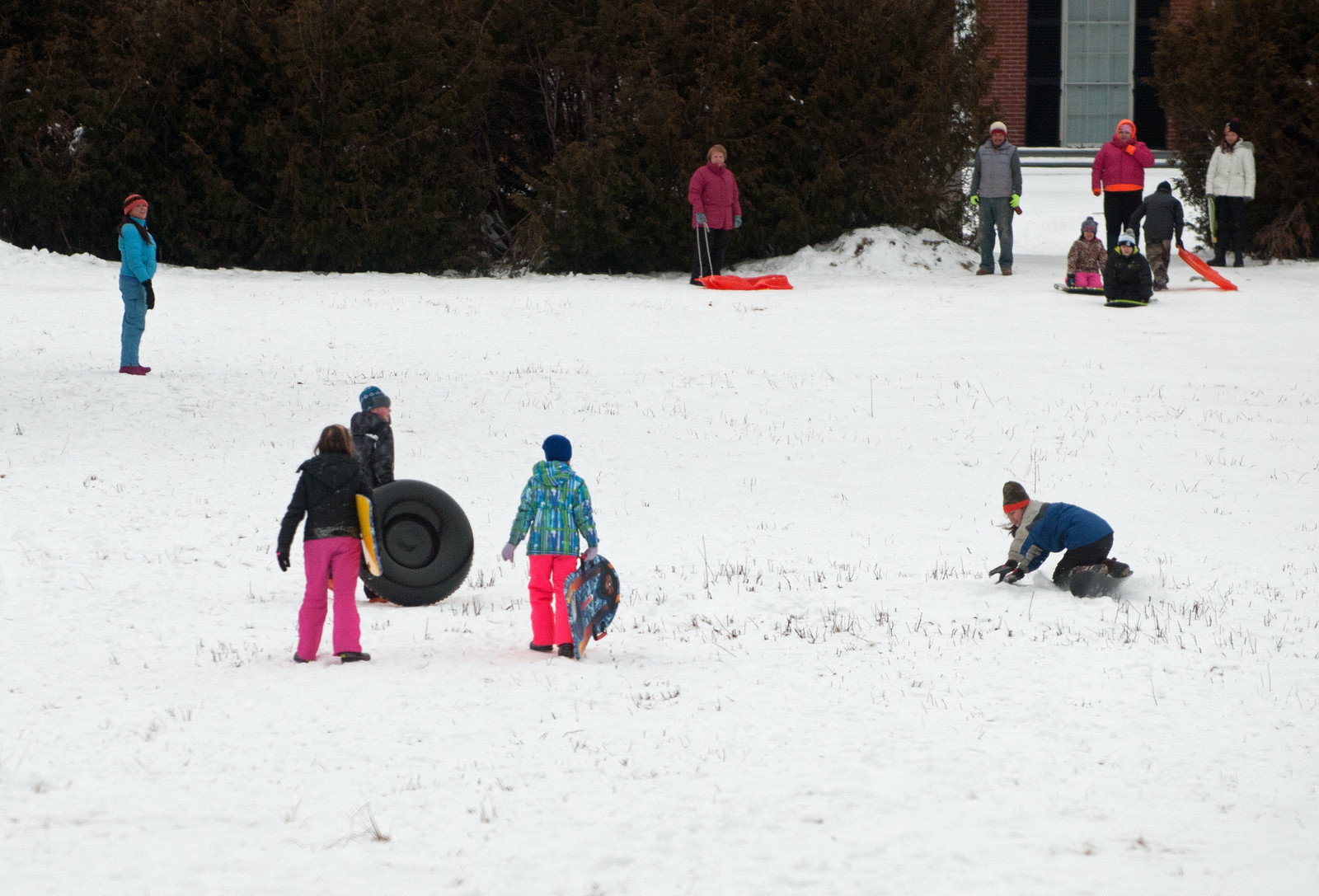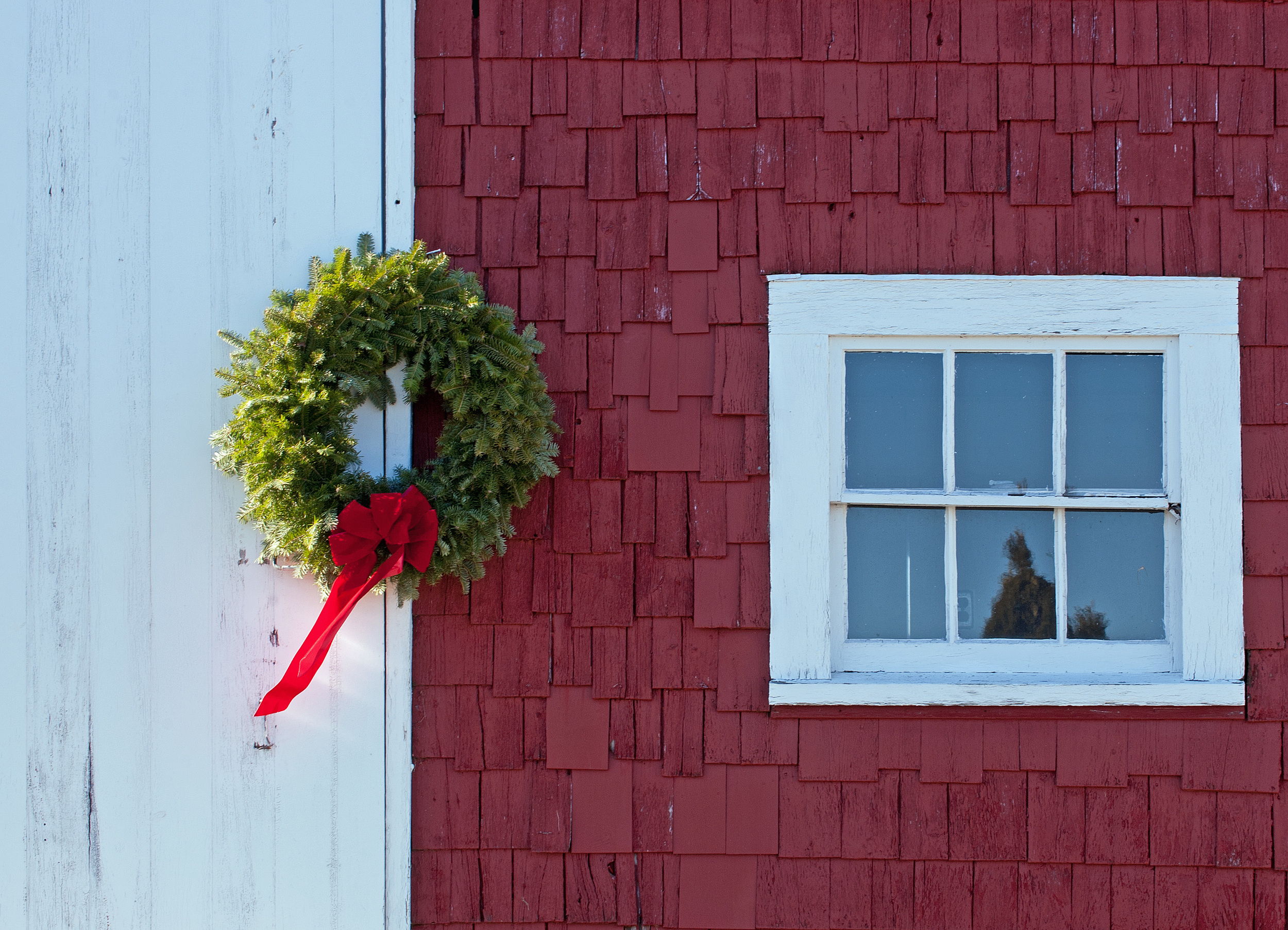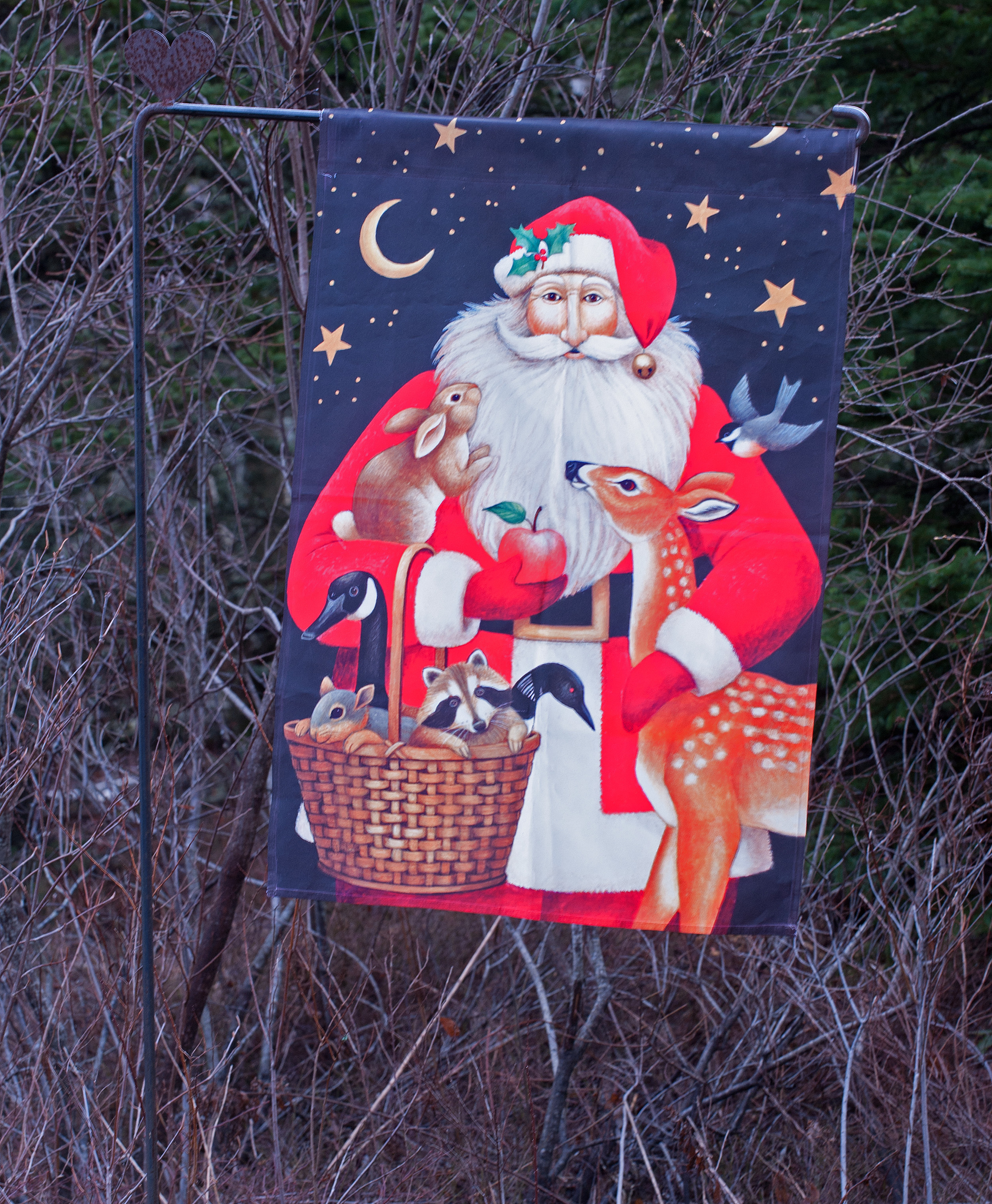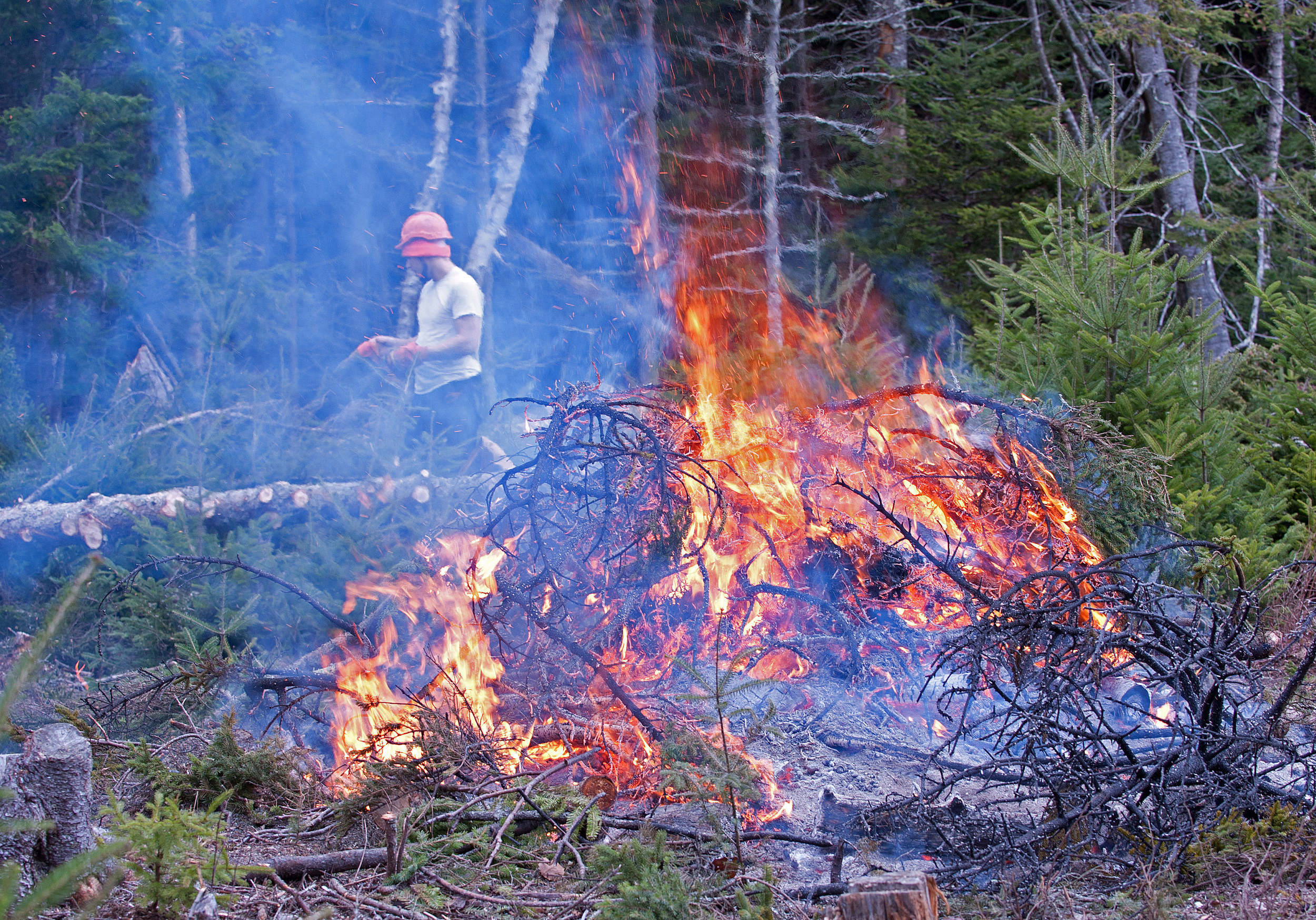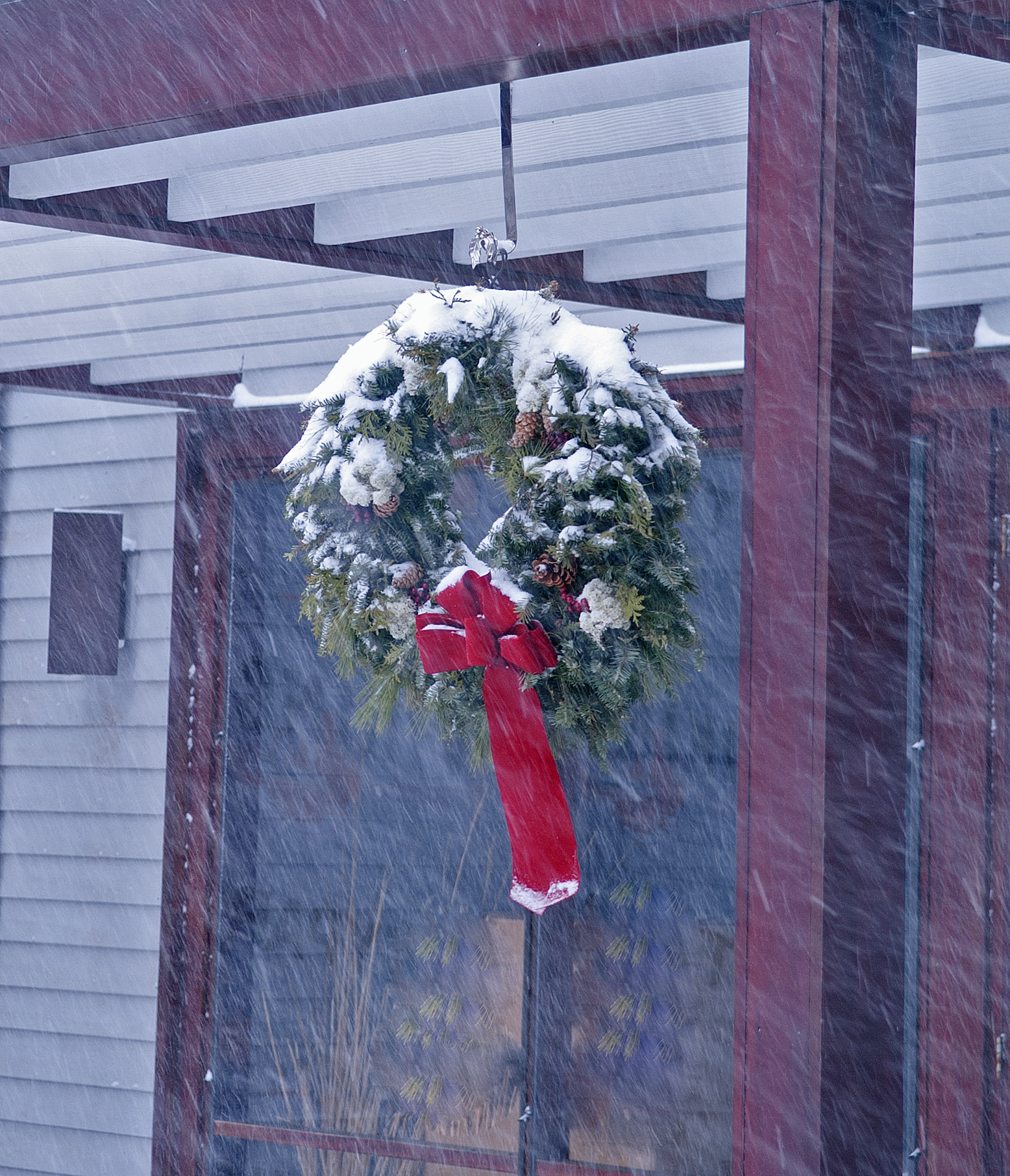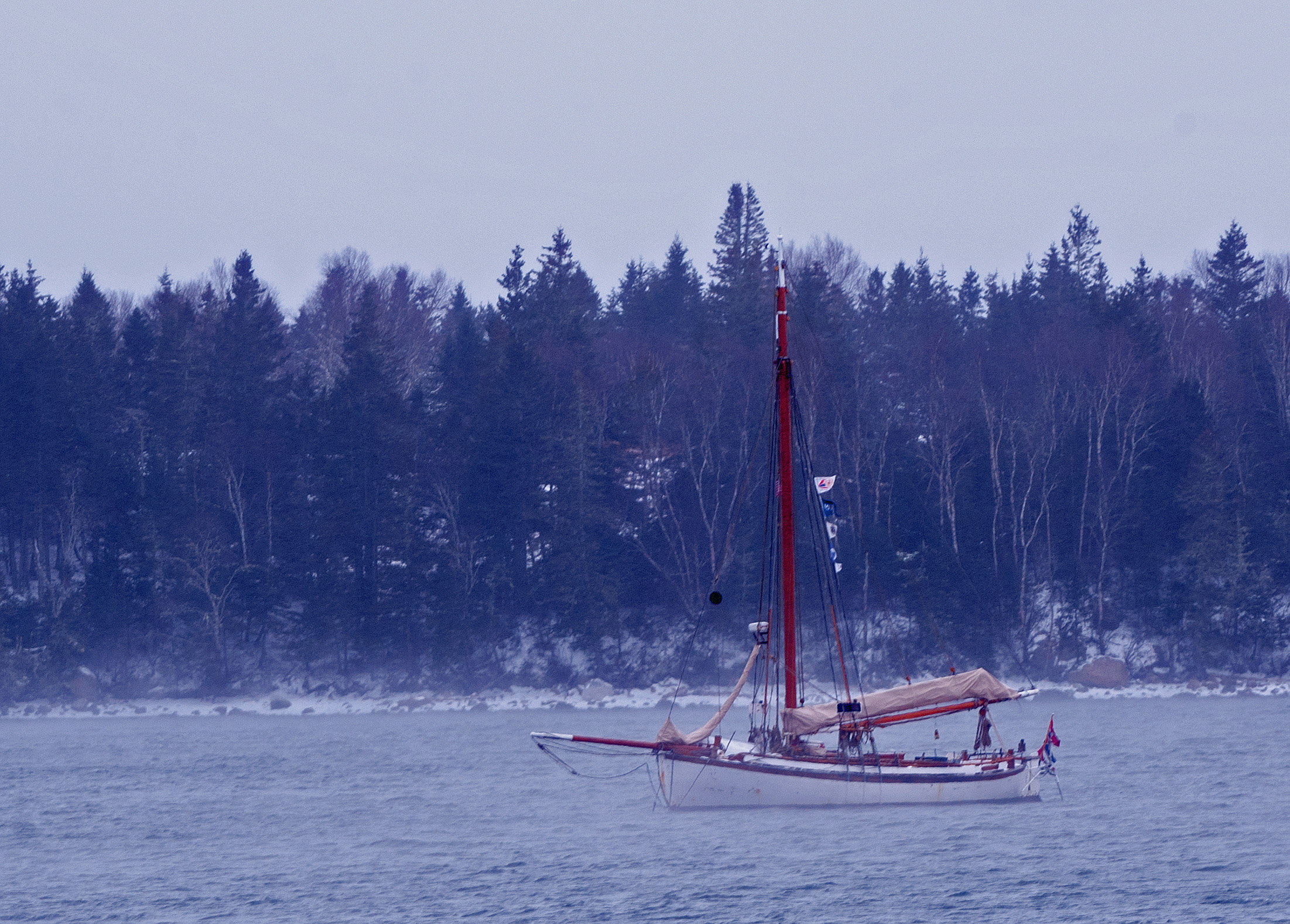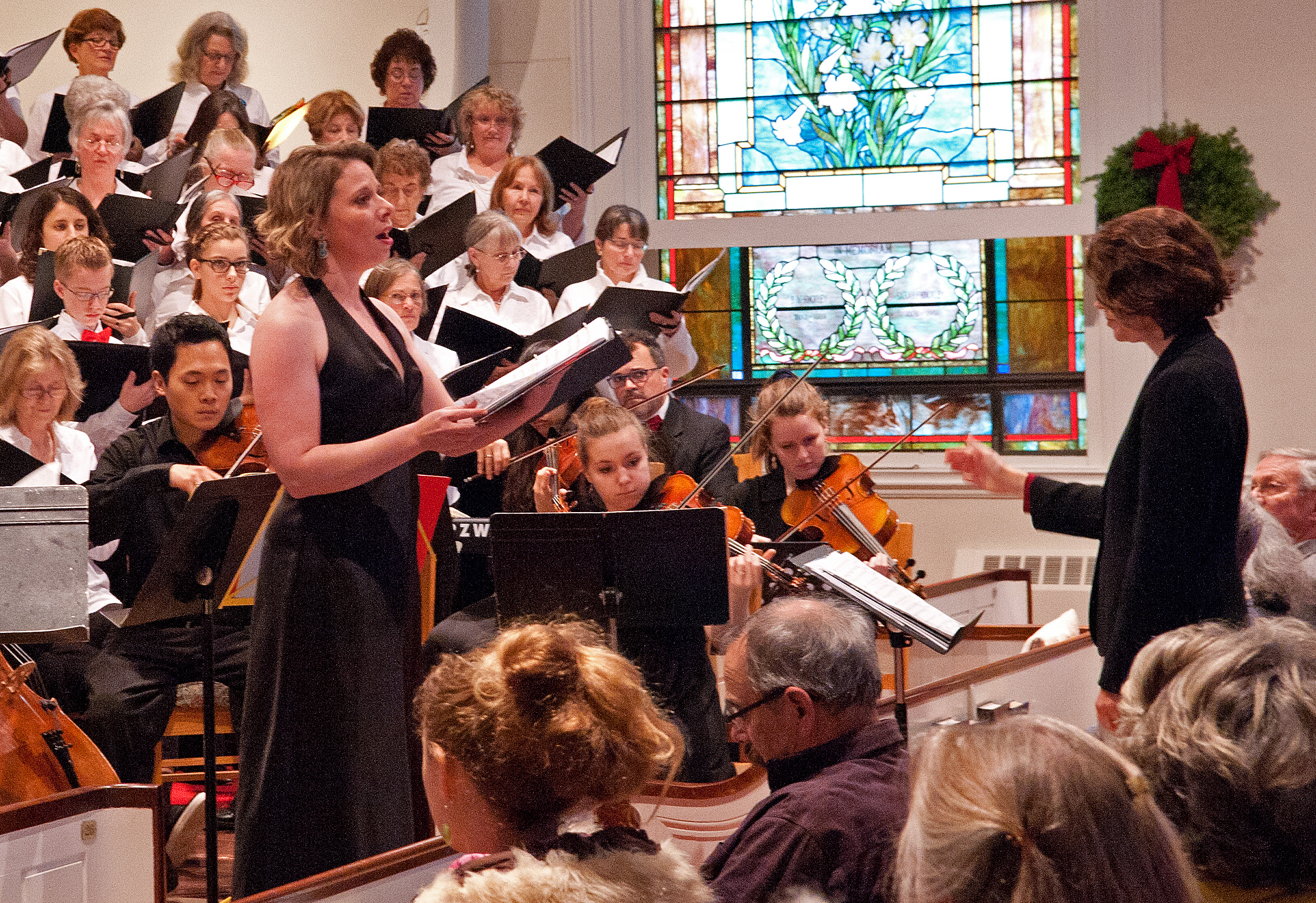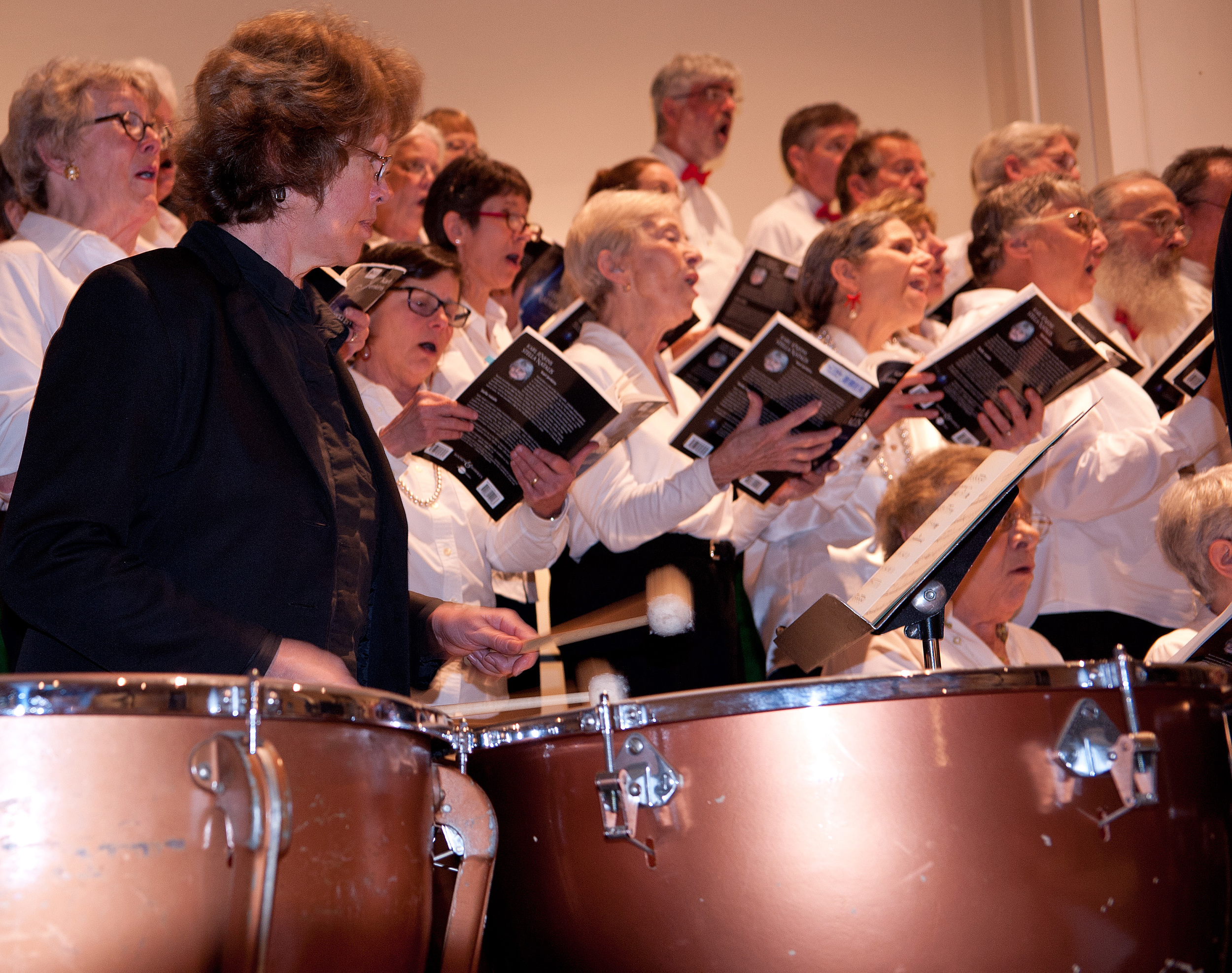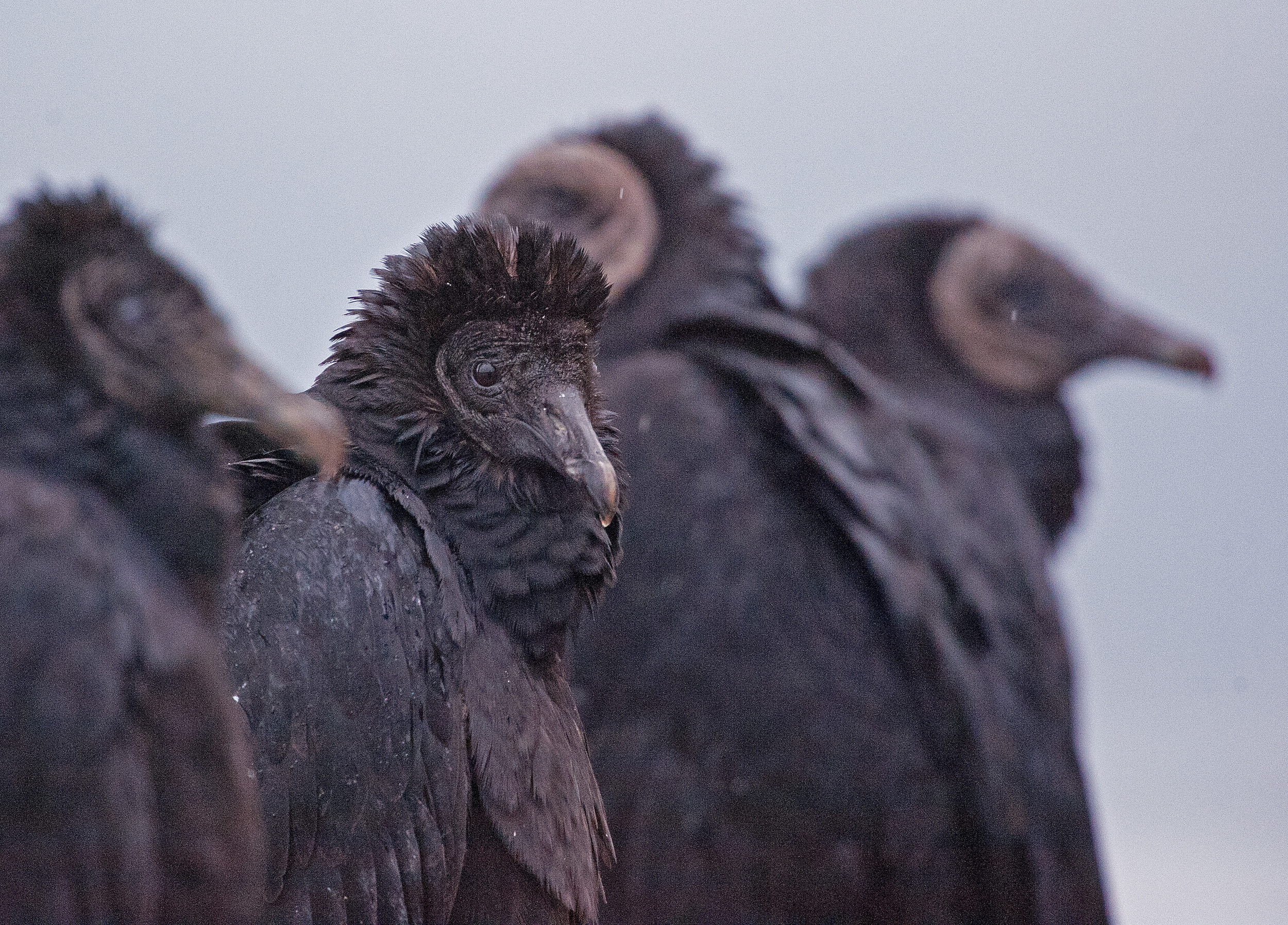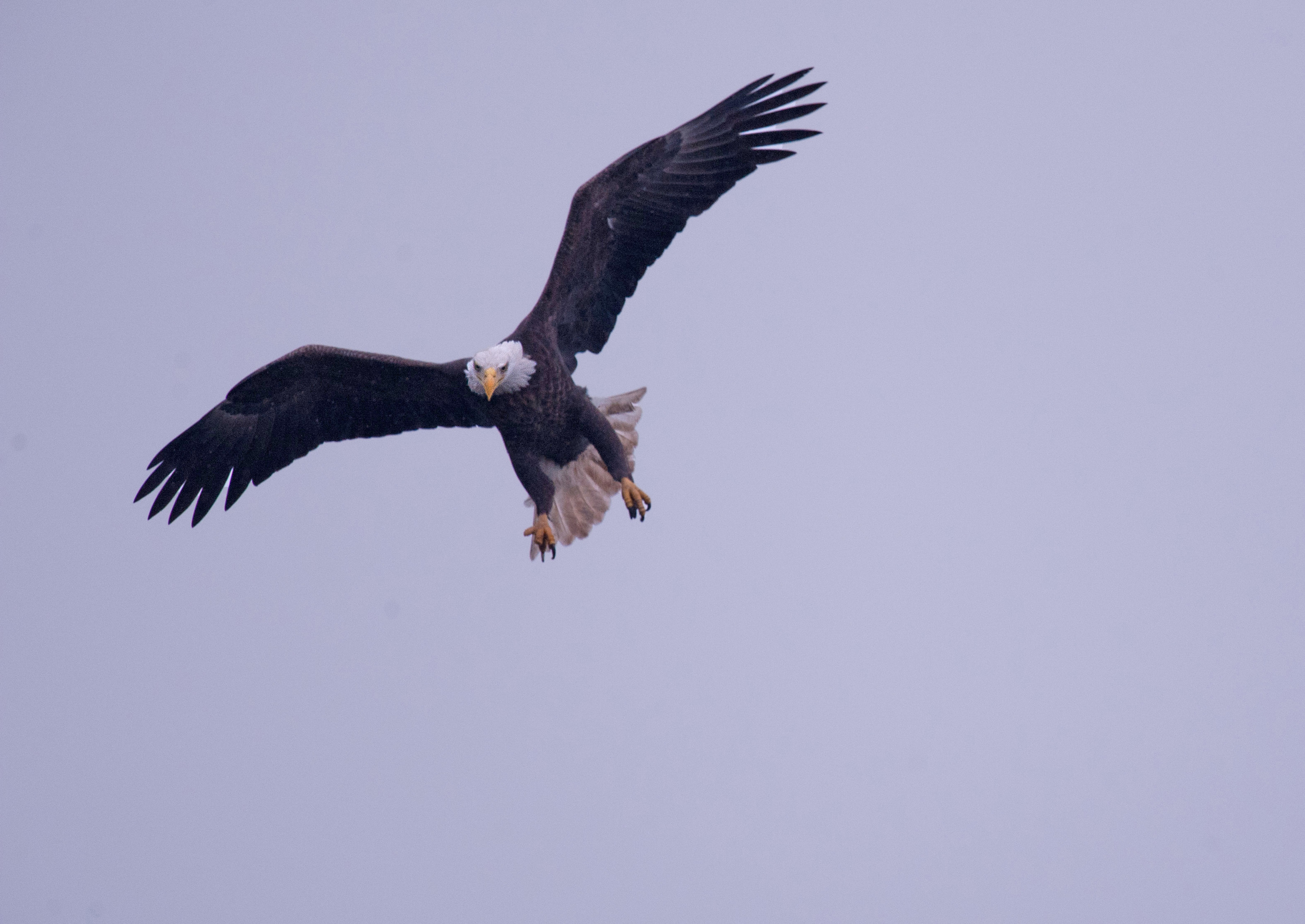In Hancock County
May is when spring sweeps through here like a luminous green fog. Leaf buds are liberated; grasses arise from the dead, and still waters become canvases for reflected impressionism.
Faster waters share their wild beauty with those who don't mind a cold embrace.
Unseen Spring Warblers, deep within thickets, trill arpeggios and then briefly appear to take a bow or, sometimes, sing an encore.
The flowering trees wear pink, white, and purple flourishes; quince, always outrageous, parades in orange.
Male goldfinches turn yellower and yellower like oil lamps slowly lighting up.
A Muskrat glides silently in a lily pond where Green Frogs and Painted Turtles suddenly appear by slight of nature’s hand.
A Male Red-Winged Blackbird guards his small kingdom in the marshes, loudly challenging all who come near; his much-different-looking mate quietly does the hard work of building their nest.
A Red Squirrel eyes a Garter Snake slithering quickly out in the open, going from one dark hiding place to another.
Lobster boats are maneuvered slowly into the cove at high tide; smaller craft speedily cleave low tide, sending tremors through calm waters.
The lowering tide reveals an elegant undersea palace once owned by a royal urchin.
May’s special days are honored by some in special ways: a mother works on Mothers’ Day; folk art flies on Memorial Day.
And more. The full virtual tour of moments that we'll use to help us remember May can be viewed by clicking the link below. We recommend that your initial screening be a full-frame slideshow. (To make that happen, click on the Slideshow button [>] above-right the featured [largest] image on the gallery page to which the link will take you.) Here's the link:
https://leightons.smugmug.com/Maine/Out/May-Postcards-From-Maine/i-jdV2hL4
Cheers,
Barbara and Dick




























